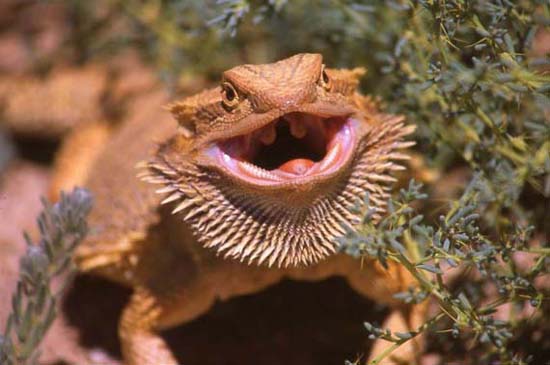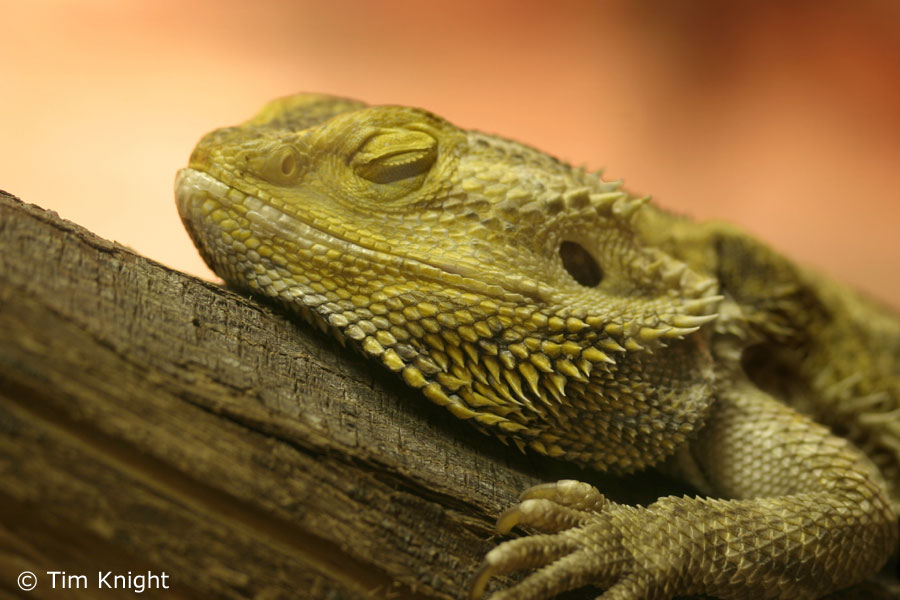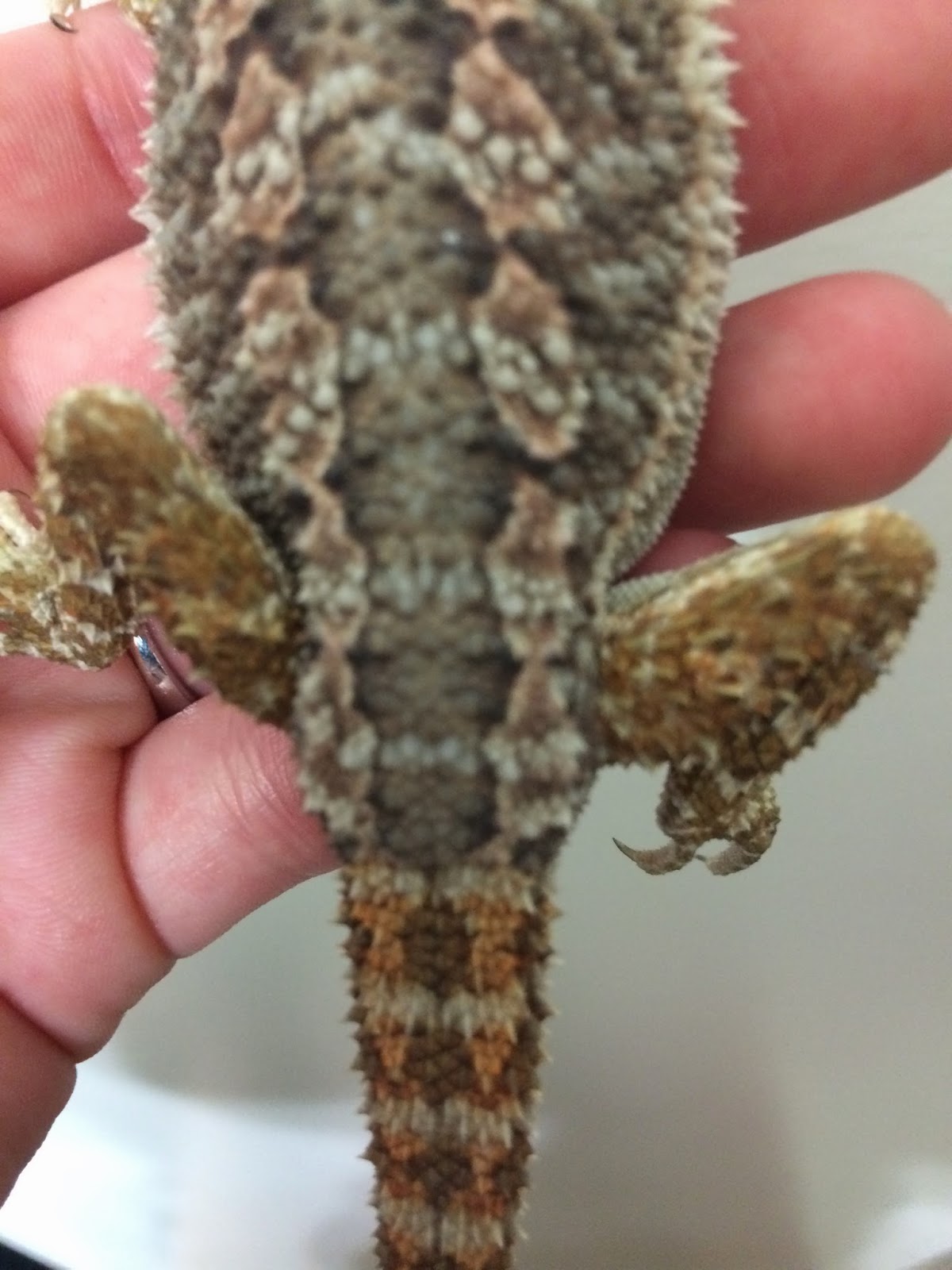Expert Tips on How to Help Your Bearded Dragon with a Bent Tail
What is a Bearded Dragon Bent Tail?

Bearded dragons are popular pets among reptile lovers due to their docile nature and exotic appearance. However, as with any pet, bearded dragons can sometimes develop health issues that require the owner’s attention. One of the most common issues is a bent tail, where the tail deviates from its natural alignment and appears crooked or twisted. This can happen due to a variety of reasons, including injury, shedding problems, or malnutrition.
A bearded dragon’s tail is an essential part of their anatomy, as it stores fat and helps them balance their body weight. A bent tail can affect their ability to move and may also cause pain or discomfort. Therefore, it’s crucial to address this issue promptly to help your bearded dragon recover and avoid any potential complications.
How to Identify a Bearded Dragon Bent Tail?

Before treating your bearded dragon’s bent tail, it’s essential to identify the problem accurately. Here are some signs that indicate your bearded dragon has a bent tail:
- The tail appears crooked, twisted, or bent at an unusual angle.
- The tail is not movable or has limited mobility.
- The tail appears thicker or thinner at the affected area.
- Your bearded dragon shows signs of discomfort, such as biting or licking the tail, or avoiding any movement that may cause pain.
If you notice any of these symptoms, it’s best to take your bearded dragon to the vet to determine the underlying cause and start the appropriate treatment. Delaying treatment can lead to more severe health issues and even permanent damage.
Causes of Bearded Dragon Bent Tail
Several factors can cause a bearded dragon’s bent tail, which range from minor injuries to severe health conditions. Here are some of the common causes:
1. Injury

Bearded dragons are active creatures and may sometimes hurt themselves due to falls, collisions, or fights with other reptiles. Such injuries can cause internal damage to the tail, leading to a bend. You may notice swelling or bruising in the affected area along with other symptoms of pain and distress.
2. Shedding problems

Bearded dragons shed their skin regularly to grow and renew their tissues. However, shedding problems can cause complications leading to a bent tail. For example, if the old skin doesn’t loosen entirely from the tail, it can put pressure and restrict blood flow, leading to deformities. The affected area may also become infected or develop sores.
3. Malnutrition

Bearded dragons require a balanced diet to stay healthy and active. Malnutrition or a deficiency of essential nutrients can lead to various health issues, including a bent tail. For example, a lack of calcium or vitamin D3 can cause metabolic bone diseases, leading to brittle bones and deformities. Similarly, dehydration or constipation can affect bowel movements and lead to impaction, further contributing to a bent tail.
How to Treat a Bearded Dragon Bent Tail?
The treatment for a bearded dragon’s bent tail depends on the underlying cause and the severity of the deformity. Here are some general steps you can follow to help your bearded dragon recover:
1. See a vet

As mentioned earlier, it’s crucial to take your bearded dragon to the vet as soon as you notice any symptoms of a bent tail. The vet will examine the affected area and may perform a radiograph or a blood test to diagnose the problem accurately. Based on their findings, they will recommend the appropriate treatment, such as medication, surgery, or nutrition therapy.
2. Provide a comfortable enclosure

While your bearded dragon is recovering, make sure to provide a comfortable and stress-free environment. Keep their enclosure clean and at the optimal temperature and humidity levels. Avoid any rough or sharp surfaces that may further injure the tail. Provide plenty of hiding spots, basking areas, and fresh water to keep your bearded dragon hydrated and nourished.
3. Adjust their diet

If malnutrition is the underlying cause of the bent tail, you may need to adjust your bearded dragon’s diet to ensure they are getting enough nutrients. For example, you may need to add more calcium-rich foods, such as kale or collard greens, or provide vitamin supplements to compensate for their deficiencies. Avoid feeding your bearded dragon any food that may cause constipation or impaction, such as insects with hard exoskeletons.
Prevention Tips for a Bearded Dragon Bent Tail
Prevention is always better than cure when it comes to your pet’s health. Here are some tips to keep your bearded dragon’s tail healthy and prevent any future deformities:
1. Provide proper diet and hydration
Make sure to provide your bearded dragon with a balanced and nutritious diet that includes a variety of fresh vegetables, fruits, and insects. Avoid overfeeding or giving them any foods that may cause health issues. Also, ensure they have access to clean and fresh water at all times, as dehydration can lead to various health issues, including impaction and metabolic bone diseases.
2. Provide a suitable enclosure

The enclosure is an essential aspect of your bearded dragon’s overall health and wellbeing. Make sure it’s spacious enough and has enough hiding spots, basking areas, and proper lighting and heating. Use the right substrate that’s easy to clean and doesn’t cause any respiratory issues. Keep an eye on the temperature and humidity levels to prevent any health issues that may affect your bearded dragon’s tail and other body parts.
3. Handle them with care

Bearded dragons are gentle creatures, but they can still get hurt if mishandled or dropped. Always support their body weight and avoid pulling or bending their tail, as this can cause injury or trauma. Teach your family members or anyone else who handles your bearded dragon how to hold them correctly to avoid any accidents.
Wrapping Up
A bearded dragon’s bent tail can be a distressing sight for any pet owner, but with proper care and attention, it’s a manageable issue. Always consult with your vet to diagnose and treat the underlying cause and follow their advice regarding your bearded dragon’s treatment and care. With some patience and dedication, your bearded dragon can recover and enjoy a healthy and happy life.
